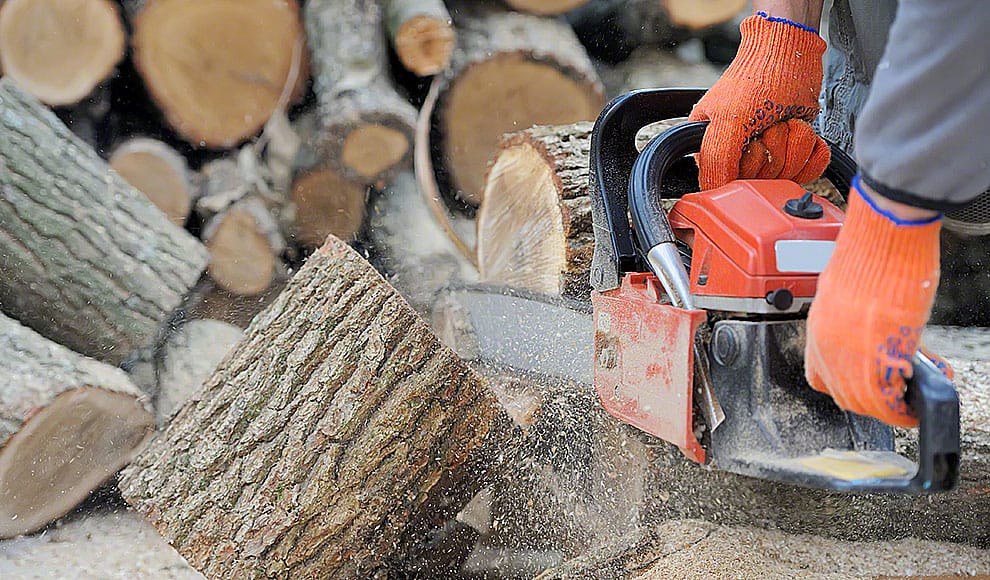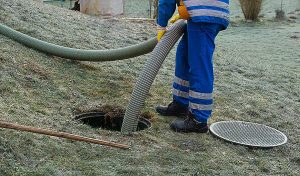
Trees, with their towering presence and silent grace, play a vital role in maintaining the delicate balance of our natural environment. Yet, just like any living organism, trees are susceptible to diseases that can compromise their health and longevity. Recognizing the early signs of trouble and understanding effective treatment approaches are essential in safeguarding these silent guardians of nature. Additionally, the art of tree pruning, provided by professional tree services, has its importance in fundamental practice for promoting healthy growth, preventing safety hazards, and enhancing the overall aesthetic appeal of our green companions.
Identifying Common Tree Diseases
Trees are nature’s silent guardians, providing us with oxygen, shade, and beauty. However, just like humans, trees can fall prey to diseases that can threaten their well-being. Recognizing the signs of trouble and taking prompt action is crucial to ensure the longevity of our arboreal friends.
Spotting Signs of Trouble
The first step in managing tree diseases is being able to recognize the signs. Trees communicate their distress through changes in their leaves, bark, and overall appearance. If you notice discoloration, wilting, or unusual spots on the leaves, it’s time to pay attention. Additionally, cracks, cankers, or lesions on the bark may indicate a problem that requires investigation. If there’s an overall decline in the tree’s health, it’s a signal that further examination is necessary.
Fungal Infections
Fungi are a frequent cause of tree diseases. Identifying fungal infections involves looking for unusual growths on the trunk or branches. A powdery substance on the leaves is another telltale sign. Acting promptly is essential to prevent the spread of the fungus to other trees in the vicinity.
Bacterial Problems
Bacterial infections pose another threat to trees. Symptoms may include oozing fluids, foul odors, or slimy formations around the affected area. Because bacteria can spread rapidly, swift action is vital to save the tree from further harm.
Viral Threats
Though less common, viruses can also attack trees, resulting in stunt growth, leaves with mottle, and abnormal shapes. If you observe these symptoms, seeking professional advice is crucial to determine the best course of action.
Effective Treatment Approaches
Once a disease is apparent, the next step is considering treatment options. Pruning infected branches is an effective measure to remove the source of the problem. Proper disposal of pruned material is crucial to prevent the disease from spreading.
Fungicides for Fungal Woes
For fungal infections, the use of fungicides can be effective in controlling the spread. Applying them according to the product instructions is key, and prevention plays a crucial role – regular applications can safeguard trees from future fungal attacks.
Antibiotics for Bacterial Infections
Bacterial infections may require the use of antibiotics. Consulting with an arborist or a tree care professional is advisable to determine the appropriate antibiotic and application method. Timely treatment is crucial to halt the bacterial invasion.
Isolation and Prevention for Viral Infections
Unfortunately, there is no cure for viral infections, but preventive measures can be taken. Isolating infected trees helps minimize contact with healthy ones. Regular inspections are essential to identify potential viral threats early on.
Soil Care for Overall Tree Health
Taking a proactive approach to maintain healthy soil is crucial in preventing tree diseases. Ensuring proper drainage, providing adequate nutrients, and avoiding soil compaction are essential practices. Healthy trees are naturally more resistant to infections, making it worthwhile to invest in their well-being from the ground up.
Regular Check-ups
Just as humans benefit from regular health check-ups, trees require consistent monitoring. Scheduling annual inspections with a certified arborist can help catch potential diseases in their early stages. Early intervention significantly increases the chances of successful treatment.
Environmental Factors Matter
Consider the environment in which your trees thrive. Are they receiving enough sunlight? Is the soil suitable for their species? Addressing these environmental factors can strengthen your trees, making them less susceptible to diseases in the first place.
Understanding the Significance of Tree Pruning
Trees, like people, need care to stay healthy and safe. One essential practice is tree pruning. Pruning involves removing specific branches to enhance the tree’s structure and promote its overall well-being. Furthermore, getting assistance from tree cutting services Kensington is always helpful.
Promoting Healthy Growth
Tree pruning supports healthy growth. By removing dead or diseased branches, the tree can direct energy towards new, vibrant growth. This helps the tree thrive and remain robust.
Enhancing Air Circulation
Pruning contributes to better air circulation within the tree. When branches are too close, air struggles to flow, creating a breeding ground for diseases. Pruning opens up the tree, allowing air to circulate freely and reducing the risk of infections.
Preventing Safety Hazards
A crucial aspect of tree pruning is preventing safety hazards. Overgrown branches can pose risks during storms or windy weather. Pruning removes weak or heavy branches that could fall, ensuring the safety of people and property below.
Protecting Property from Damage
Overgrown branches also pose a threat to property. They can damage roofs, windows, and power lines. Regular pruning minimizes these risks, protecting both your tree and your property from potential harm.
Ensuring a Neat and Tidy Appearance
Tree cutting contributes to a neat and tidy appearance. Trimming away unruly branches maintains the tree’s shape and enhances its aesthetic appeal. Well pruning of trees adds beauty to its surroundings.
When to Prune
Knowing when to prune is crucial. Winter, when trees are dormant, is an ideal time for pruning. Without leaves, it’s easier to see the tree’s structure, making strategic pruning decisions.
How to Prune
Pruning is an art that requires careful cutting. Use sharp tools to make clean cuts, avoiding jagged edges that may invite diseases. Remove branches just above a bud or lateral branch to encourage proper healing.
Professional Help
If you’re unsure about pruning, seek professional help. Certified arborists understand trees and their needs. They can assess the tree’s health, recommend the right pruning techniques, and ensure a safe and effective process.
Common Mistakes to Avoid
While pruning is beneficial, there are common mistakes to avoid. One such mistake is “topping” – cutting the main branches drastically. This harms the tree’s health and structure. It’s essential to prune strategically, focusing on removing weak or diseased branches.
Conclusion
In the intricate tapestry of nature, trees hold a unique and vital role. Recognizing the signs of diseases and employing timely treatment measures are pivotal for their well-being. As guardians of our environment, we must not only engage in regular check-ups and consider the environmental factors that surround them but also be willing to make tough decisions when necessary. The involvement of tree removal companies Potomac becomes crucial in cases where the health of a tree poses a risk to its surroundings. By proactively investing in the health of our trees, we become custodians of a more vibrant, safer, and visually enchanting world, ensuring that the silent companions of our ecosystem continue to thrive.









